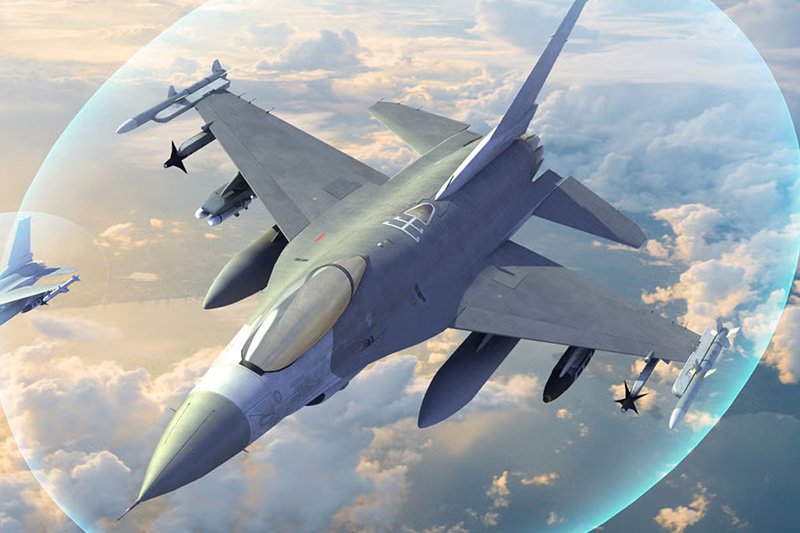Saudi Arabia Explores Deal for 100 KAAN Fighter Jets
Saudi Arabia is reportedly considering the purchase of approximately 100 units of the KAAN fifth-generation fighter jet, currently under development by Turkey. This potential deal marks a significant step in the growing defense collaboration between the two regional powers and could have far-reaching implications for the global defense industry.
Strategic Collaboration
The proposal for the procurement of KAAN fighter jets was a key topic during the recent visit of Prince Turki bin Bandar Al Saud, Commander of the Royal Saudi Air Force, to Turkey. During his visit, Prince Turki engaged in discussions with several prominent Turkish defense companies, including Roketsan, Aselsan, and Turkish Aerospace Industries (TAI), the manufacturer of the KAAN fighter jet.
These high-level talks provided the Saudi delegation with insights into the KAAN fighter’s capabilities and explored potential strategic collaboration between the two nations. The proposed collaboration is expected to include technology transfer and local manufacturing of the fifth-generation fighter jet in Saudi Arabia, aligning with both countries’ objectives to strengthen their defense ties and industrial capabilities.
KAAN Fighter Jet
The KAAN fighter jet represents Turkey’s ambitious entry into the elite club of nations capable of developing fifth-generation fighter aircraft. Some key points about the KAAN project include:
TAI is the lead contractor for the KAAN project, which Turkey, a NATO member, launched in 2016. The first 20 KAAN Block 10 jets are scheduled for delivery to the Turkish Air Force by 2028. Production is expected to ramp up to two units per month by 2029, potentially generating annual revenues of approximately USD 2.4 billion.
The KAAN fighters are intended to replace over 200 aging F-16 aircraft currently in service with the Turkish Air Force. In early June, the KAAN fighter successfully completed its second flight, reaching an altitude of 10,000 feet and a speed of 230 knots during a 14-minute flight.
Also read this: BAE Systems Secures $460M U.S. Contract for Aviation Radios
Saudi-Turkish Defense Ties
This potential acquisition of KAAN fighters is part of a broader trend of increasing defense cooperation between Saudi Arabia and Turkey. Recent developments in this partnership include:
In July 2023, Saudi Arabia announced plans to invest USD 3 billion to procure the “Akinci” MALE (Medium Altitude Long Endurance) drone, produced by Turkey’s Baykar Technology. This represents Turkey’s largest defense contract to date. Saudi Arabian Military Industries (SAMI) announced that 70 percent of the components for the Akinci drones procured by Saudi Arabia would be manufactured domestically, reflecting Saudi efforts to enhance its defense industrial capabilities.
Regional and Global Defense Dynamics
The potential acquisition of KAAN fighters by Saudi Arabia could have significant implications:
It would represent a major boost for Turkey’s defense industry and its ambitions to become a global player in advanced military technology. The deal could enhance Saudi Arabia’s air power capabilities, potentially altering the military balance in the Middle East.
The technology transfer and local manufacturing aspects of the deal align with Saudi Arabia’s Vision 2030 goals of diversifying its economy and developing its domestic defense industry. This cooperation could lead to closer strategic ties between Saudi Arabia and Turkey, potentially influencing regional geopolitics.
As discussions progress, the international defense community will be closely watching the developments of this potential deal. If realized, the acquisition of 100 KAAN fighter jets by Saudi Arabia would not only represent a significant milestone in Saudi-Turkish relations but also mark a new chapter in the evolution of air power in the Middle East.
Keep connected with us at Facebook, Twitter, YouTube, Instagram & TikTok for latest defense happening around the globe.
Discover more from International Defence Analysis
Subscribe to get the latest posts sent to your email.












